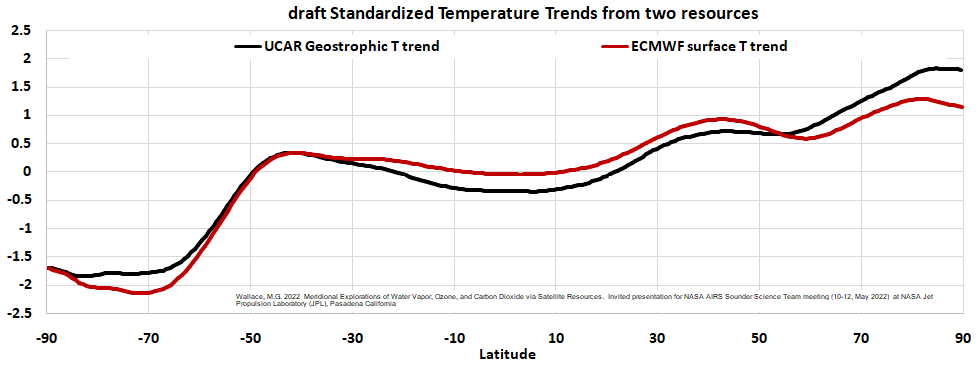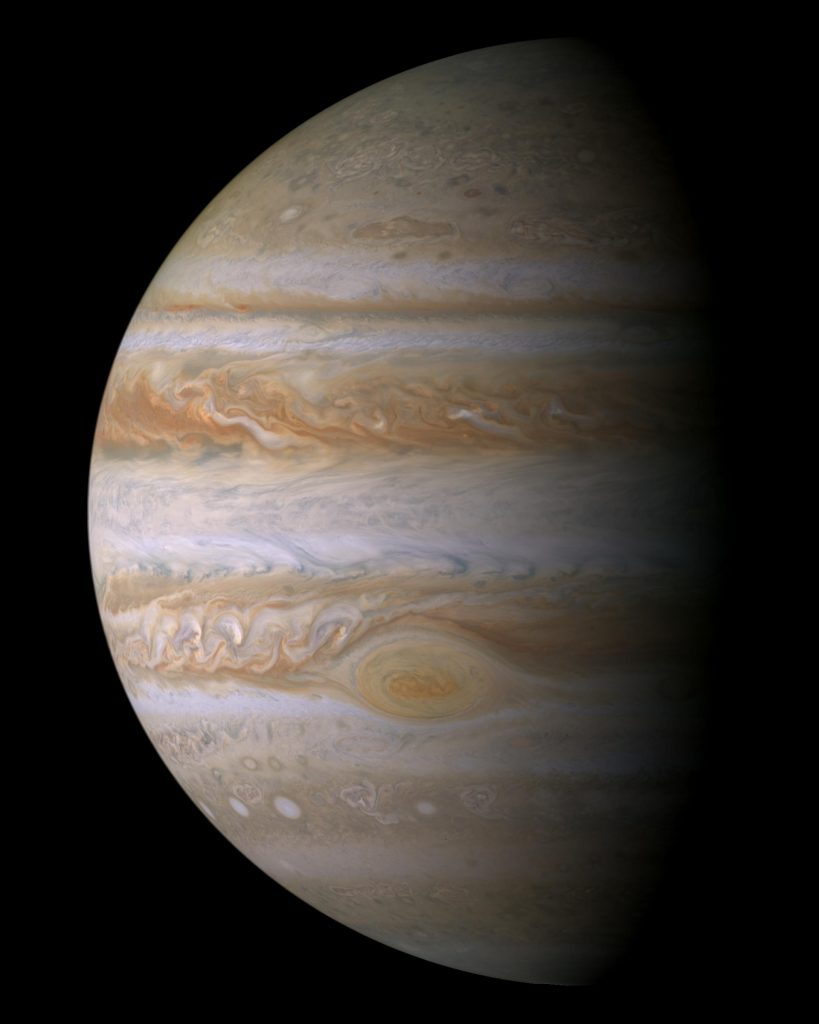
The Quasi HydroGeostrophic Aurora (QHGA)
I have been searching prior art from the internet and academic libraries as a Ph.D. student at the University of New Mexico as I study and advance the science of better drought forecasting and related. In my recent guest post at “Watts Up with That” WUWT, and related, I featured my growing explorations of
In so doing I have gained a growing familiarity of many supporting sources and lines of connection.
The basic principle that QG exemplifies might be covered by this description:
For the Full Atmosphere,
the Temperature (T), the Evaporation minus the Precipitation, and the Geopotential Height, and numerous other Variables,
at any nominal location including ocean or land, pole or tropic or temperate or desert etc.,
for any nominal monthly period (and perhaps at a finer resolution of time),
for any nominal moving average up to 25 years (a quarter of a century),
can be determined with great accuracy and reproducibility. This is because of the simple reason that the hydrostatic principal was reproducibly merged with the Gas Law (ideal and modified) to generate a system which allows for accurate determinations of all of the nominally interrelated parameters. This as I said includes temperature (T) of the full atmosphere. By merging the full atmosphere in this way and taking its message to heart, I felt until recently that I stood alone since 2014 as a researcher. I continue to learn and utilize various newly found references for a future paper even as my current submission enters its fourth month of peer review. One of particular interest to me at the current time is by Golitsyn whose pioneering work in planetary atmospheric energy transport sciences can be obtained by likely any academic at no cost:
http://www.sciencedirect.com/science/article/pii/0019103570901120
Recent posts of mine were also informed by comments at the WUWT page by Stephen Wilde which seem to align well and he also mentioned aurora. I’ve researched time series of aurora in the past but not their geographic distribution and shapes. The auroral oval was a good place to start and my most recent post on Jupiter reflects some of that.
On this post page I will begin to compile more examples of comparisons. It seems to me and perhaps others that typically auroras converge around polar zones in a manner similar to that nominally described by the Hadley Circulation. Perhaps the glowing curtains are areally defined at the base by the geopotential condition corresponding to the so called Top of Atmosphere (TOA). This is identical to the ERA Interim full atmospheric data that I employ. This TOA elevation at approximately 100 km elevation above mean sea level is roughly synonymous with the base of these auroras.
In my review of some available material and comparison to polar images found in the stochATLAS, there are intriguing, but not yet entirely convincing, patterns in the Geopotential Height (Z) that appear to resemble Polar Aurora ovals. Perhaps some of the oxygen and protons associated by sources as key aurora features are contributed by the water in the geostrophic continuum. Hence the title.
*Icarus Volume 13, Issue 1, July 1970, Pages 1-24
** former Royal Meteorological Society Fellow
 3490total visits,1visits today
3490total visits,1visits today

